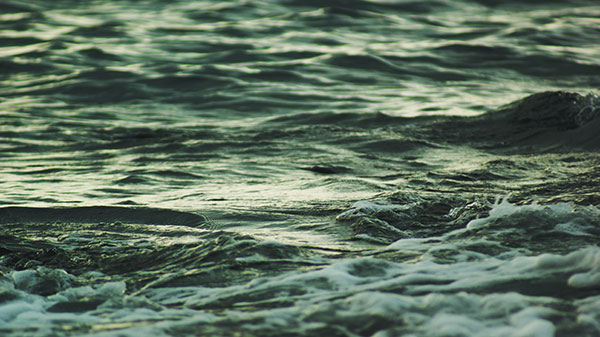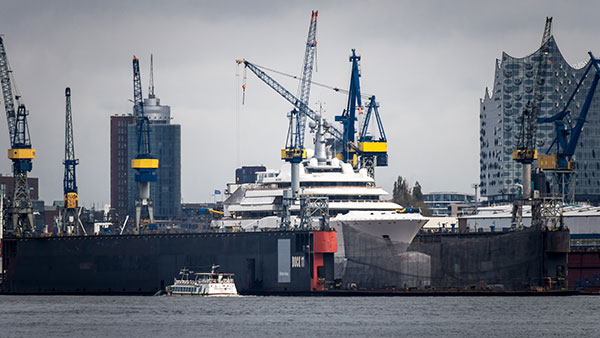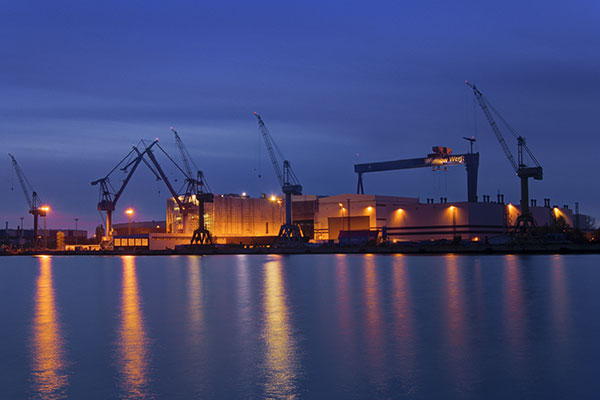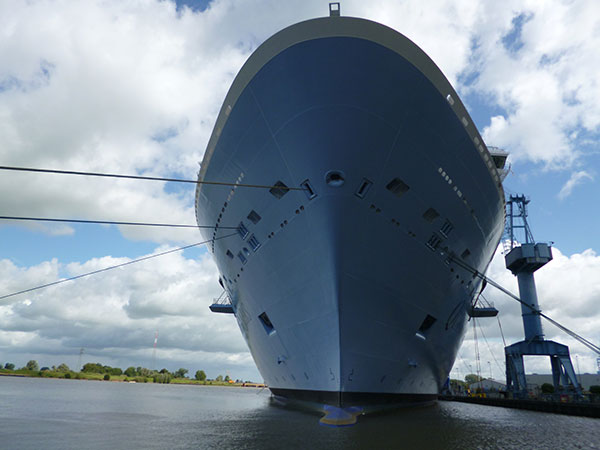Environment
Rethinking Shipbuilding: Green Wave Rising

Creation of more sustainable shipbuilding concepts is very much a concern for the key industry players. With carbon-conscious millennials filling more and more of the cruise ships during the 2020’s, the shipyards and cruise lines are looking at all their processes with a critical eye: what can we do to make this greener?
As bringing down the carbon emissions
of the ships has also societal
reach, universities and research institutions
are eager to lend a helping hand to the
marine industry – and new programs and
projects emerge to explore various facets
of sustainability.
One recent example from Finland
is a new project, Sustainable Shipbuilding
Concepts (SusCon), which focuses on
sustainability-based value-creation in the
cruise ship industry. Coordinated by University
of Turku, this is a joint effort by VTT,
Royal Caribbean Group, Meyer Turku and
the Finnish marine cluster.
The SusCon project wants to find
new solutions and methods to boost sustainability
already in the early building
phases of the ship. In addition to launching
greener ships upon the seas, SusCon
aims to highlight the social responsibility
issues of the marine clusters.

SETTING THE STANDARD
Head of the project, researcher Teijo
Lehtonen from the University of Turku
says that the common goal of the SusCon
partners is to develop and test new kinds
of working methods and routines – and
to analyze the results from the viewpoint
of sustainability as well as other relevant
metrics.
“A simple example of this is the
drop in traveling volumes which results
from streamlining planning processes. This
decrease, in turn, yields a positive climate
impact,” Lehtonen says.
Sustainability is nothing new in any
industry – and Finnish marine cluster has stellar references from the field, ranging
from eco-efficient hull design to building
LNG-powered cruise ships. A key part
in the making of these success stories is
transparency and certain kind of openness;
for instance, best practices are able
to spread across the supplier network better
than in most countries.
EYE ON BUSINESS OPPORTUNITY
Project Manager, researcher Kaapo M.
Seppälä from the University of Turku points
out that in addition to boosting opera-
“Sustainability
is nothing
new in any industry.
tive processes and work methods there
is also the commercial angle: both cruise
lines and cruise goers respond to green
sales pitches if they assess them to be genuine.
”SusCon defines the playing field
with regards to timing issues: what is the
best phase in the project to engage in a
commercial conversation? In a ship project,
the details of construction are decided
pretty early on, so it may be difficult to
implement changes when you’re already
in the building phase,” Seppälä says.
Funded by national business booster
Business Finland, SusCon is part of Business
Finland’s Sustainable Manufacturing
Finland program.

EU STRATEGY REDISCOVERS SHIPYARDS
Sustainable maritime is in the minds of
the EU, too, as evidenced by European
Commission’s Smart and Sustainable
Mobility Strategy. Published in December
2020, the strategy covers all modes
of transport, including waterborne transport. What’s new, however, is that for
the first time, the strategy covers relevant
points from the perspective of Europe’s
shipyards and maritime equipment industry.
mobility strategy focuses on
policies to make waterborne transport
a sustainable and smart mode of transport.
These policies are in line with the
ambitions from the European Green Deal
and take into account the opportunities offered by digitalization, automation and
autonomy in shipping, inland navigation,
ports and the logistics chain.
The new mobility strategy also has
proposals aiming at making waterborne
transport more resilient in the aftermath
of the Covid-19 crisis and pays attention
to the challenges of the waterborne transport
sector, including maritime technology,
in terms of sectoral skills and competitiveness.
WANTED: GREENER TECH & FUELS
From the perspective of Europe’s maritime
technology sector, the new strategy
contains a number of helpful proposals,
such as contribution from the ‘Zero-Emission
Waterborne Transport’ Partnership,
adopted under Horizon Europe, in terms of
acceleration of research and innovation in
green technologies and sustainable fuels.
The strategy also includes a proposal
to finance the modernization of fleets, involving also retrofitting and fleet
renewal schemes. The Commission recognizes
that such support “will help to
preserve a thriving manufacturing ecosystem
in areas where Europe has a strategic
technological advantage such as the vessel
manufacturing industries”.
In addition, waterborne transport
equipment and solutions are acknowledged
as the engine of European exports
and that a sustainable and smart transformation
of the sector is an opportunity for
Europe’s manufacturing industry to lead
globally.

RENEWING THE FLEET
Unsurprisingly, the strategy paper has the
backing of the European maritime industry;
for instance, the industry association
SEA Europe – representing close to 100%
of the European shipbuilding industry in 16
nations – has applauded the new strategy.
Christophe Tytgat, SEA Europe’s
Secretary
General, noted that Europe’s
shipyards and maritime equipment manufacturers
are very much needed in the
frontlines for Europe to realize numerous
sustainable EU policies, including the
European Green Deal and Digitalization
Agenda. According to Tytgat, the Commission’s
acknowledgement that finance
can be used to modernize fleets, inter alia
through a fleet renewal scheme, is very
much welcomed.
Furthermore, there is already an alliance
– comprising key players within the
European waterborne transport sector –
proposing a new Research and Innovation
Partnership over a period of seven years.
Strongly aligned with the EU’s Green
Deal, this Partnership’s central objective is
to provide and demonstrate zero-emission
solutions for all main ship types and services
before 2030, enabling zero-emission
waterborne transport before 2050.
Text by Sami J. Anteroinen
Photos: Pixabay



